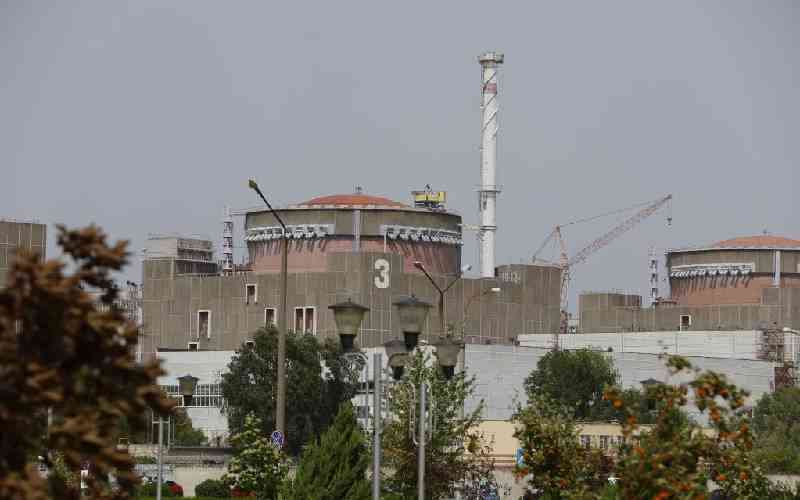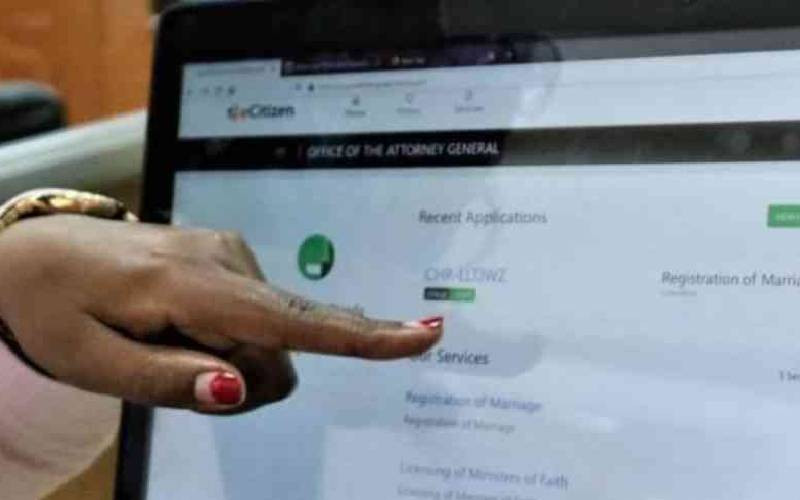Massive revenue may have been lost at the Kenya Ports Authority (KPA) after computer systems were manipulated.
An audit report by KPMG on cargo tracking and security system notes that clerks manning gates at the port and those in charge of billing are able to manipulate Kilindini Automated Terminals System of (KATS) by altering records on cargo and making unauthorised but undetectable changes.
KATS was installed in 2005 at a cost of $522,750 (Sh52.075 million) and $395,000 (Sh39 million) for annual maintenance to facilitate ship planning, vessel, traffic management, billing and tracking of cargo including containers.
The audit which was completed in November last year, examined, among other platforms, weaknesses of the port’s Integrated Security System (ISS) and KATS.
Read part of the report: “From 1,600 containers listed during the year there were 915 whose last date of discharge had been changed... From 376,568 imported containers processed there were 30 that had the same Bill of Lading (BoL) and Pickup Orders (PO) but different vessels.
Of these, 14 had a different vessel recorded in SAP as compared to KAT’s data. From inquiry and observation the vessel had been changed for these containers after the interface and bill generation.”
There were 20,142 containers from a total of 354,789 containers exported that had a different container records in SAP and KATS because staff assigned dummy containers for the pre-advice to be interfaced and later modified the records after the bill had been generated.
The audit also showed that in other cases, systems either failed or had been implemented in ways that render them prone to manipulation, distortion and breakdown, leading to revenue losses and loss of integrity of data generated by the applications. “Users can manually change the status of cargo which can result in accidental or fraudulent status change resulting in KPA losing out on revenue.”
Shipping lines have also failed to provide container loading lists to KPA to enable reconciliation of lists of containers before billing. The auditor also noted that due to power outages, network or system failure, clerks are able to “clear cargo that has not been paid for” when they provide manual gate passes for cargo entrance which are not entered in the electronic system afterwards.
“There are 135 containers which are marked outgoing and are on trucks. Out of this, 116 had been in this state for more than one day and there was a container with a lapse as many as 1,494 days. “From an analysis of the schedule of 3,746 vessels that arrived at the port from 1 July 2013 to 30 June 2015 we noted 285 vessels did not have a date of berth, work or completion but had arrival and departure dates; 48 vessels had a later date of berth than the date of working; 6 vessels had a date of working later than date of completion; and 38 vessels with date of completion later than date of departure.”
It also emerged that the Kenya Revenue Authority and KPA were not working in harmony for lack of interface, making it possible for users of tracking and billing systems to make fraudulent changes to documents and open opportunities for bribes.
Questions were also raised about the reliability of data generated by the Integrated Security System and whether it had achieved the goals for which it was implemented.
It showed the warren of cameras, X-ray machines and metal detectors within ISS were not capturing reliable data out of lack of personnel and lack of training.
 The Standard Group Plc is a
multi-media organization with investments in media platforms spanning newspaper
print operations, television, radio broadcasting, digital and online services. The
Standard Group is recognized as a leading multi-media house in Kenya with a key
influence in matters of national and international interest.
The Standard Group Plc is a
multi-media organization with investments in media platforms spanning newspaper
print operations, television, radio broadcasting, digital and online services. The
Standard Group is recognized as a leading multi-media house in Kenya with a key
influence in matters of national and international interest.
 The Standard Group Plc is a
multi-media organization with investments in media platforms spanning newspaper
print operations, television, radio broadcasting, digital and online services. The
Standard Group is recognized as a leading multi-media house in Kenya with a key
influence in matters of national and international interest.
The Standard Group Plc is a
multi-media organization with investments in media platforms spanning newspaper
print operations, television, radio broadcasting, digital and online services. The
Standard Group is recognized as a leading multi-media house in Kenya with a key
influence in matters of national and international interest.









